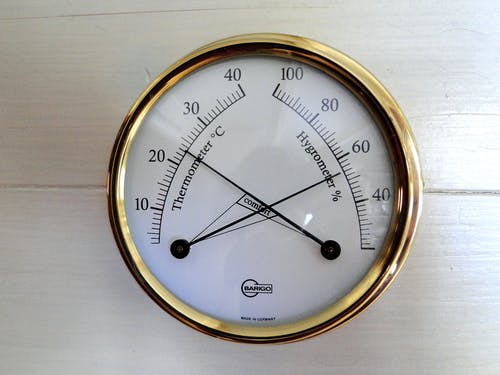In order to look after food or any other temperature-sensitive products, it is imperative that you understand and adopt the best possible storage procedures with a good understanding of temperature requirements.
The good news is that it is easier than you think.
The Temperature Range
Choosing a temperature range is dependent on the foods or other products you are storing or shipping; Every product has its own preferred temperature range that you will need to cater for. When storing this means using large refrigerators or refrigerated containers.
If you are shipping the items you need refrigerated transport. But, the key to successfully maintaining temperature is in using data loggers. These simple devices will regularly and automatically check the temperature. This is recorded, giving you an exact picture of temperature fluctuations in your storage facility.
In addition, the data logger will provide an alert if the temperature is about to go outside a pre-set limit. It can be programmed to activate an alarm or simply send an alert. Both are effective at ensuring action is taken to save the produce.
Handling
All food items should be handled as little as possible to ensure they are not cross-contaminated. This also prevents them from being exposed to any more temperature changes than needed.
In general frozen foods need to be kept below 18°C while chilled foods are usually between 1°C and 3°C. However, this varies according to the product you have, it is essential to verify the correct range before you start storing or transferring products.
Packaging
Another key part of storing temperature-sensitive products is to get the packaging right. This means choosing packaging that envelopes the product to protect it from damage. At the same time, it should create an insulation barrier, helping the product to stay cool even if the temperature starts to rise.
This can really help when something goes wrong as it will buy you extra time to sort the issue and keep the products at the right temperature.
Logging
A vital part of any storage procedure is logging the progress of all products. This records the movement of products from one place to another and the temperature at specified points on the journey. It also records any damage done t the product and any other pertinent information.
In short, logging the process of packages will help to ensure temperatures are maintained and systems can be improved in the future.
Logging also applies to staff training. It is imperative that all staff are properly trained regarding storage and temperature control. You need to supervise the training and log when it was done. It protects you and your staff.
Final Thoughts
The exact procedures and temperatures you need to maintain will depend on the product you are storing. But, with a practical approach, you can easily identify the biggest issues to the safety of the items you are storing and adopt the appropriate procedure.
What works for one business doesn’t necessarily work for another, you need to do what is right for your business and the products you are looking after.

